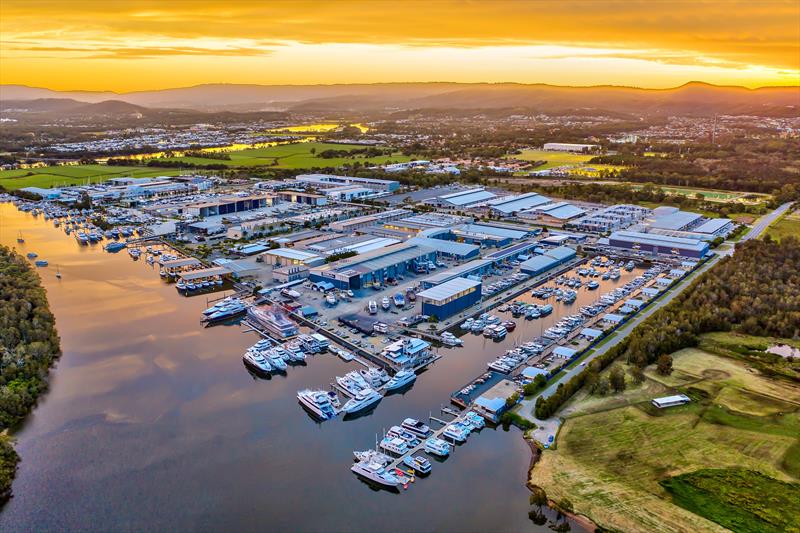
Queensland Marina Industry driving jobs growth
by Marina Industries Association 8 Oct 2024 04:23 BST

Coomera Marine Precinct QLD © Marina Industries Association
The Marina Industry Association conducts a comprehensive economic survey of the Health of the Australian Marina Industry every two years. The latest report was presented to around 400 industry delegates in Brisbane in May this year at the Marinas24 International Conference & Trade Exhibition.
The data revealed that the 291 marina facilities nationally contribute $2.24B to the economy, provide premises for over 2,600 small businesses and supports close to 22,000 jobs. The industry is performing well with average occupancies exceeding 86%.
Queensland is home to the largest marinas in the country, housing around 320 boats at each facility and reporting the highest average turnover at $3.4 million. Over 80% of the marinas lease space to marine related tenancies, most of which are small business operators who provide service to boaters. Underscoring the employment contributions of marinas, each marina will employ about 14 Queenslanders and will further engage over 50 contractors.
Andrew Chapman Chief Operating Officer of Gold Coast City Marina & Shipyard and MIA President commented, "Queensland is the powerhouse boating state in Australia and is internationally renowned as a destination of choice for vessel works. The reputation of the shipyards and high-quality trades sees vessels from all around the world choosing Queensland for maintenance and refit works. These vessels often stay on as charter vessels traveling to other ports around the State and the rest of Australia further spreading their economic value. You only need to look at what we have here in the Coomera marine, and the thousands of marine technicians that work here daily. Brisbane and Cairns have magnificent, large-scale facilities that are also attracting vessels."
With an election looming, the industry is keen to ensure that future State governments appreciate the value that the marina industry brings to the economy and the impact it also has on the tourism sector with many tour operators, particular in North Queensland, operating from marinas.
Head researcher and report author, Dr Ed Mahoney of Michigan State University notes, that governments need to facilitate more efficient assessment, and approval frameworks, commenting "The findings indicate there is a need for additional marina boat storage capacity, especially on-water storage spaces, in many locations in Australia. A high percentage of marinas cannot accommodate additional boats and already have waiting lists for spaces that become open. An increasingly tight supply of on-water boat storage is likely to negatively impact boat sales, drive up the price of both on-water and on-land marina boat storage alternatives and have a negative effect on the recreational boating industry in Australia. There is a need to encourage a more favourable climate for marina operational development. This includes educating residents and elected officials about the economic contribution of marinas including support of jobs and labour income."
Conducted every two years, the MIA's Health of the Australian Marina Industry Survey continues to provide a comprehensive, comparable, and evolving perspective on the economic, social and environmental performance and contributions of Australian marinas. The survey is largely funded by maritime planning and design experts, International Marina Consultants (IMC).
A high-level overview of the key economic and social contributions of the industry has been released publicly and can be accessed at the MIA website. The full 61-page report breaks performance down by marina size and type (club, non-club marinas) and includes data on services provided by marinas, including food and beverage, fuel and commercial tenancy. A complimentary copy report has been distributed to all participating marinas and is available for purchase on the MIA website.